Cocoa beans are the seeds of the Theobroma Cacao tree. Cocoa beans begin their lives as flowers growing on the trunk or branches of the tree. These flowers develop into small green pods called “Cherelles,” which eventually develop into cocoa fruits about 15 cm long, which turn from green to yellow, red or purple as they ripen.
A ripe cocoa fruit has a thick, leathery skin of 1.5 cm, although this varies with the origin and variety of cocoa. Inside the pod, the cocoa beans sit along a central stem, and are covered with a sweet white mucilage pulp. Usually there are up to 30 beans in a pod, each weighing about 1 gram. At this stage, the cocoa beans are soft and pale pink or mauve in color.
After harvesting, the cocoa beans are removed from the pod and undergo a fermentation process for 5 to 7 days. During fermentation, complex chemical reactions naturally take place in the cocoa bean, causing the nibs (cotyledons) of the bean to turn brown and develop a very bitter, but recognizable “chocolate” flavor.
After fermentation, the beans are dried, usually by natural drying in the sun to a moisture content of 7%, before being packed in jute bags.
Cocoa beans in soap and cream
Studies show that applying raw cacao provides many of the same benefits as eating it. The high content of antioxidants protects and restores the skin from damage and premature aging. As a powerful anti-inflammatory, it soothes redness and blemishes and improves the complexion of the skin. The natural oil from cocoa seeds, also known as cocoa butter, contains healthy omega-6 fatty acids for a healthy dose of skin-soothing rejuvenation. While an increase in blood circulation stimulates new blood supply to the skin’s surface, keeping the skin healthy and radiant.
Translated with www.DeepL.com/Translator (free version)

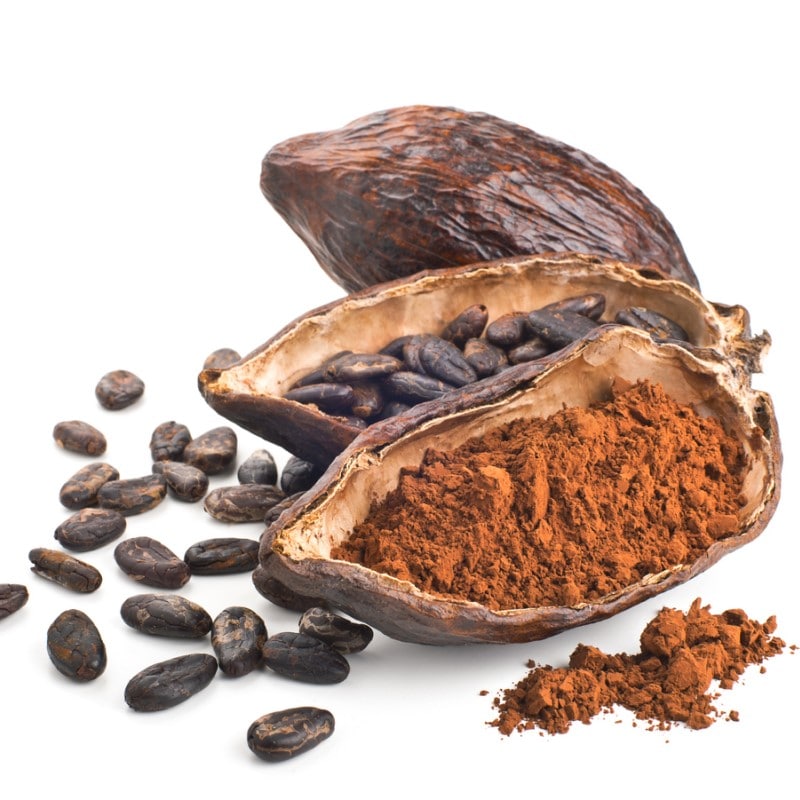
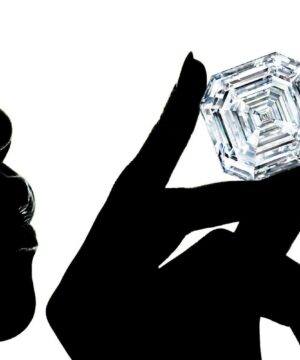

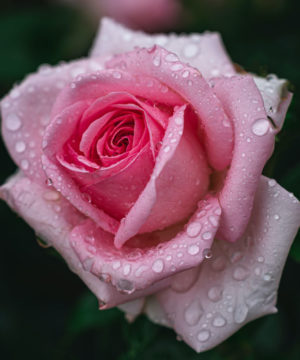
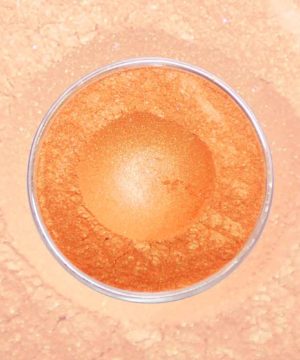
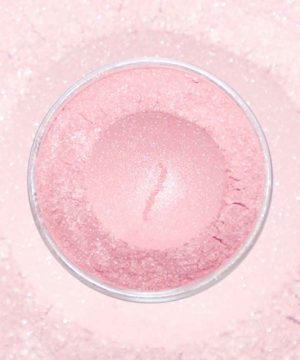
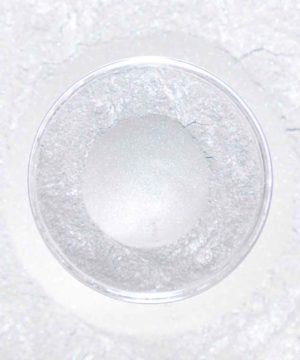
Reviews
There are no reviews yet.